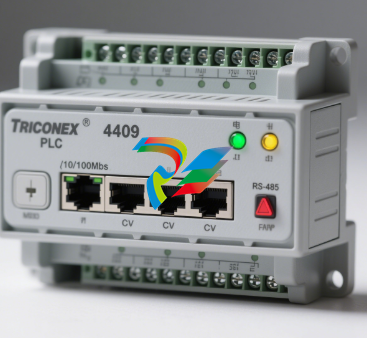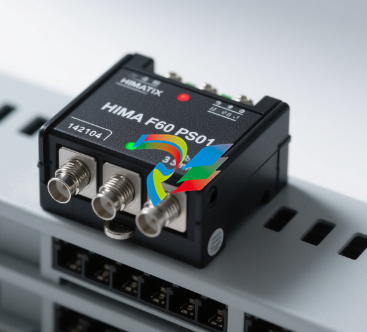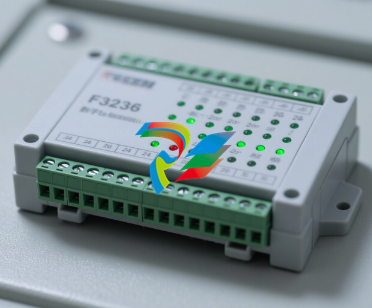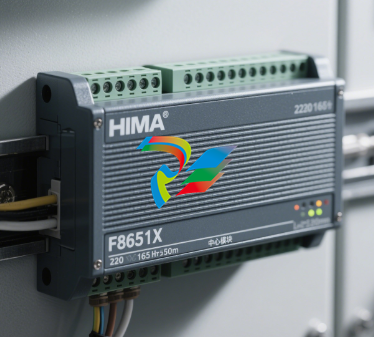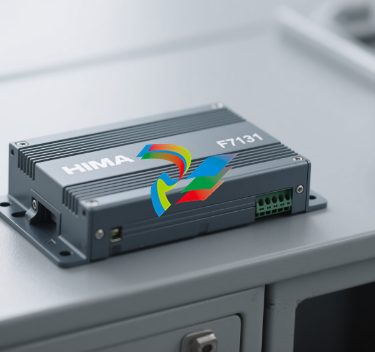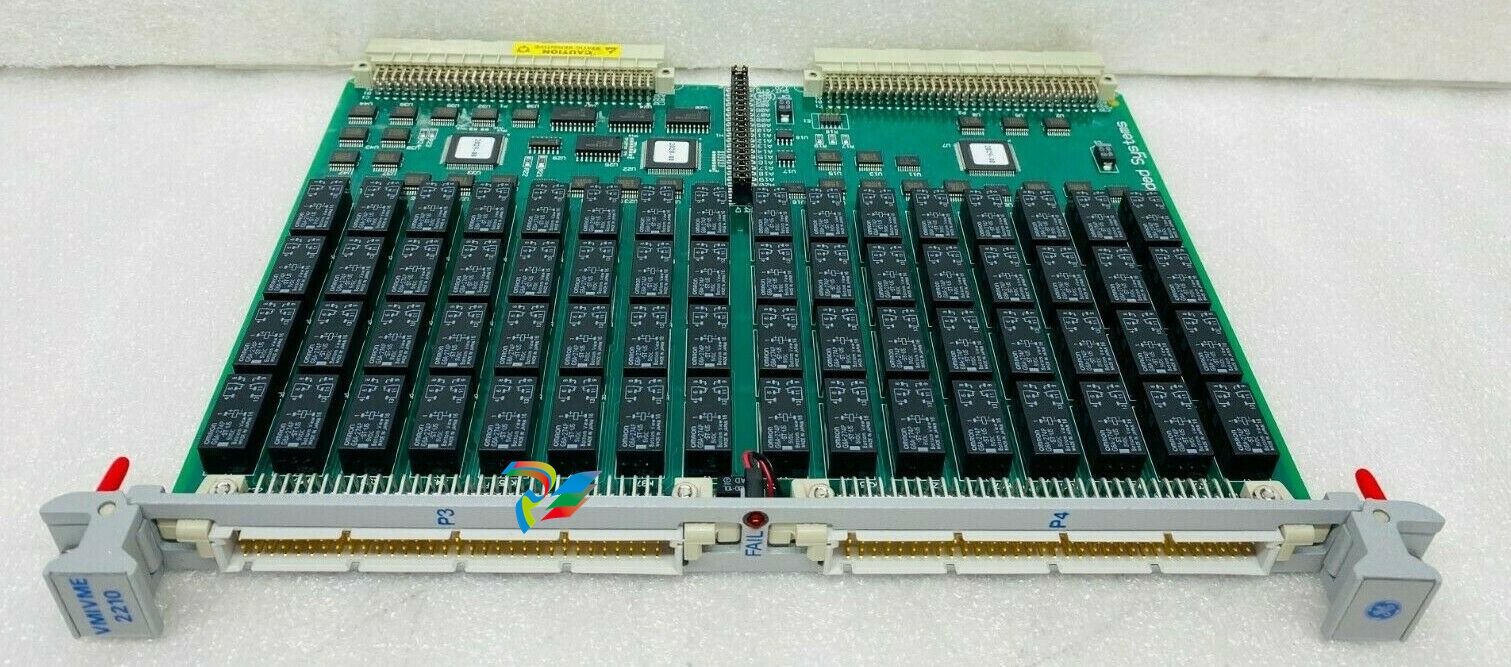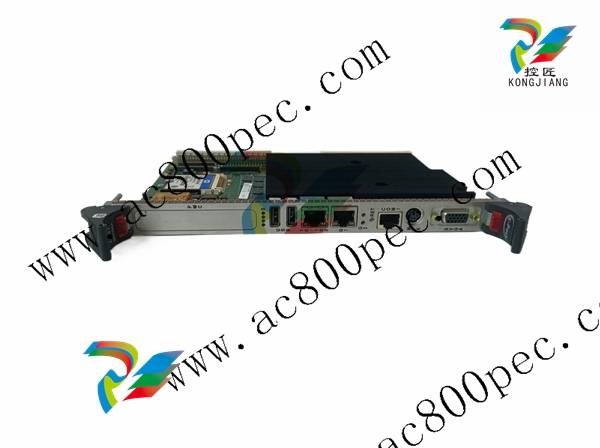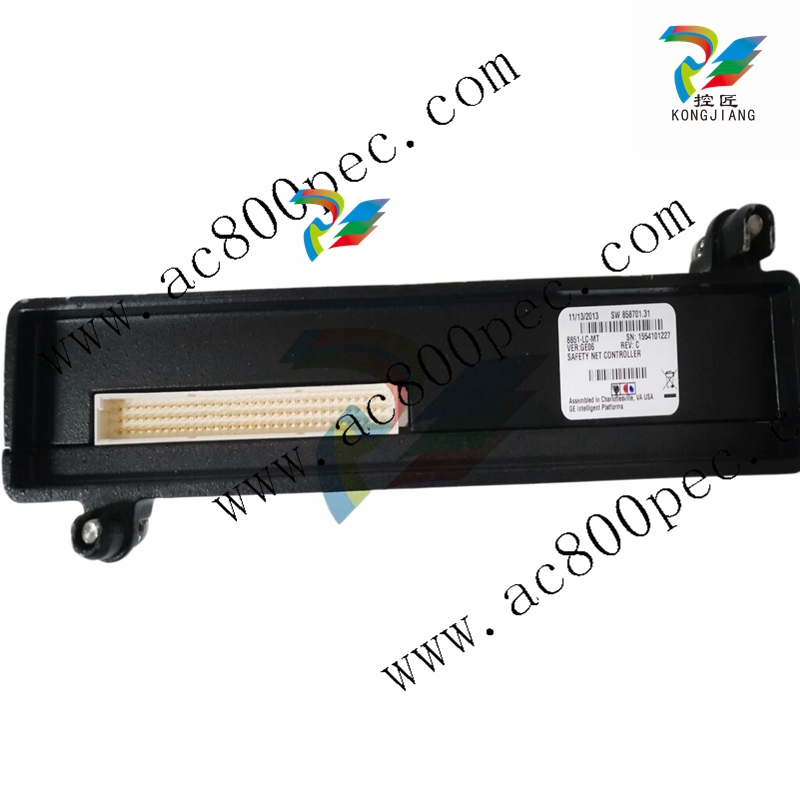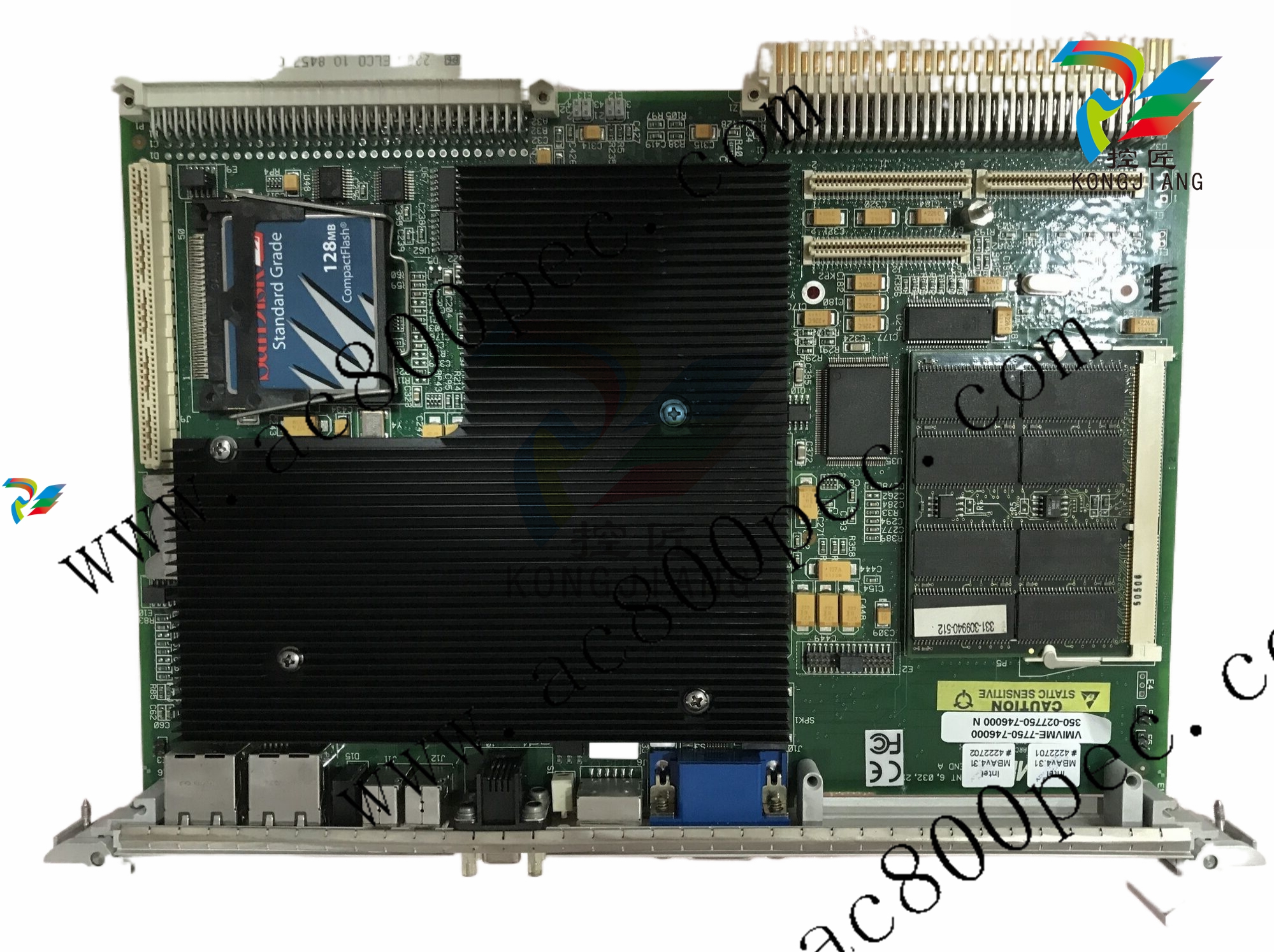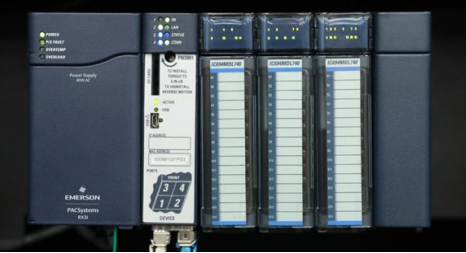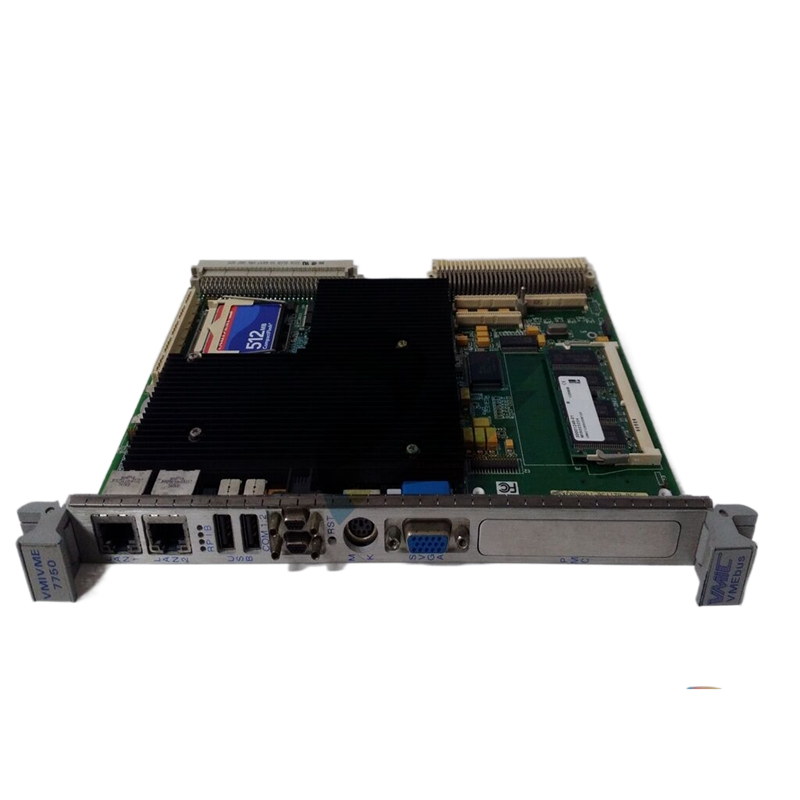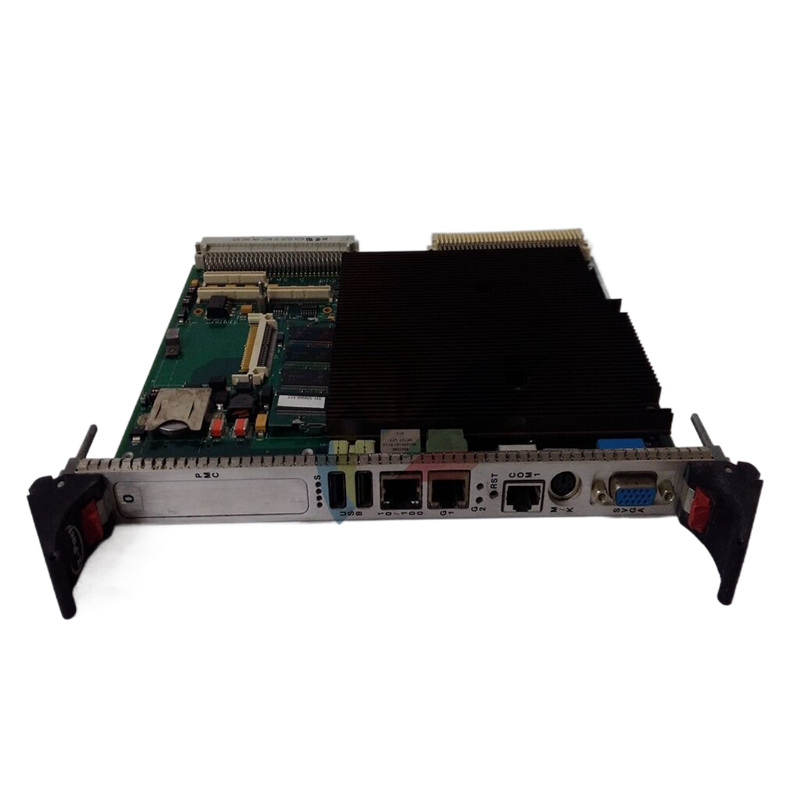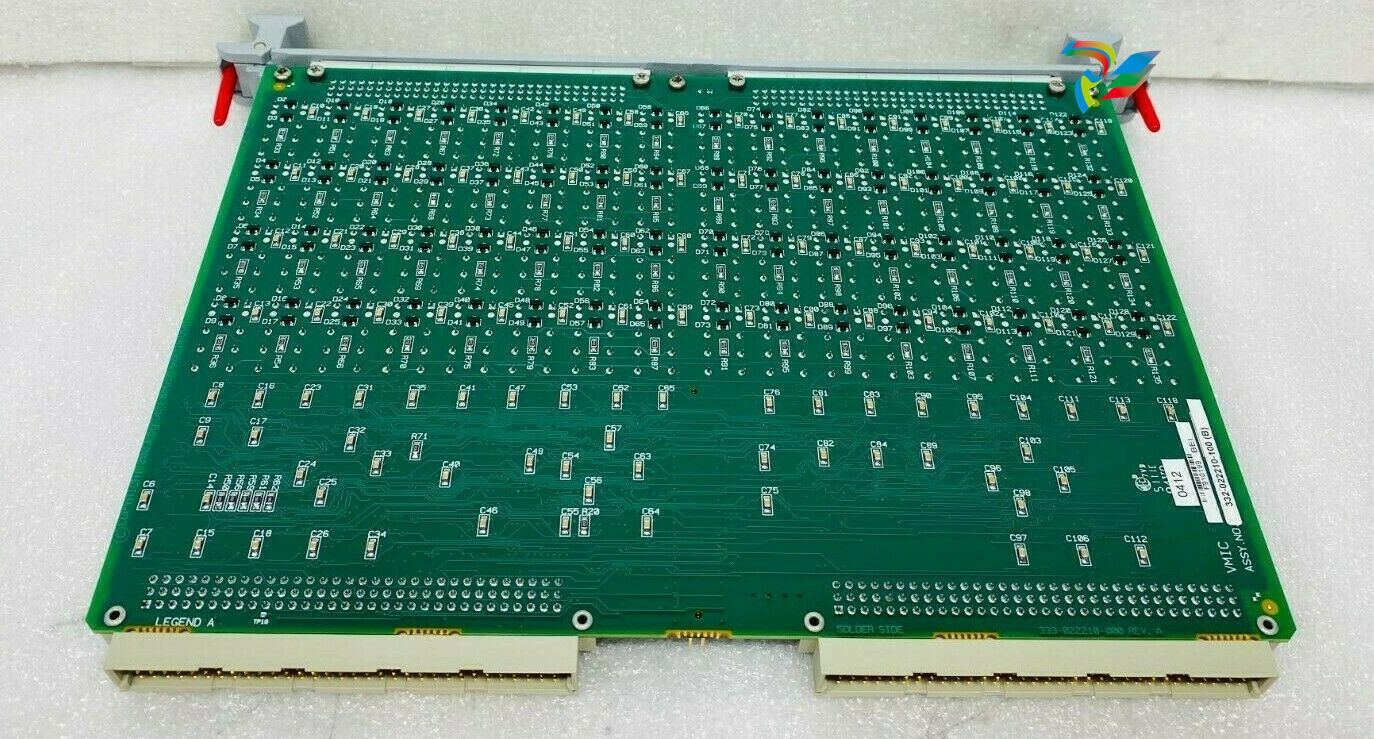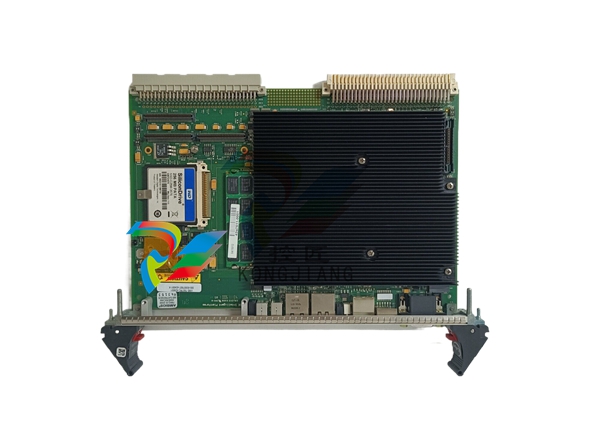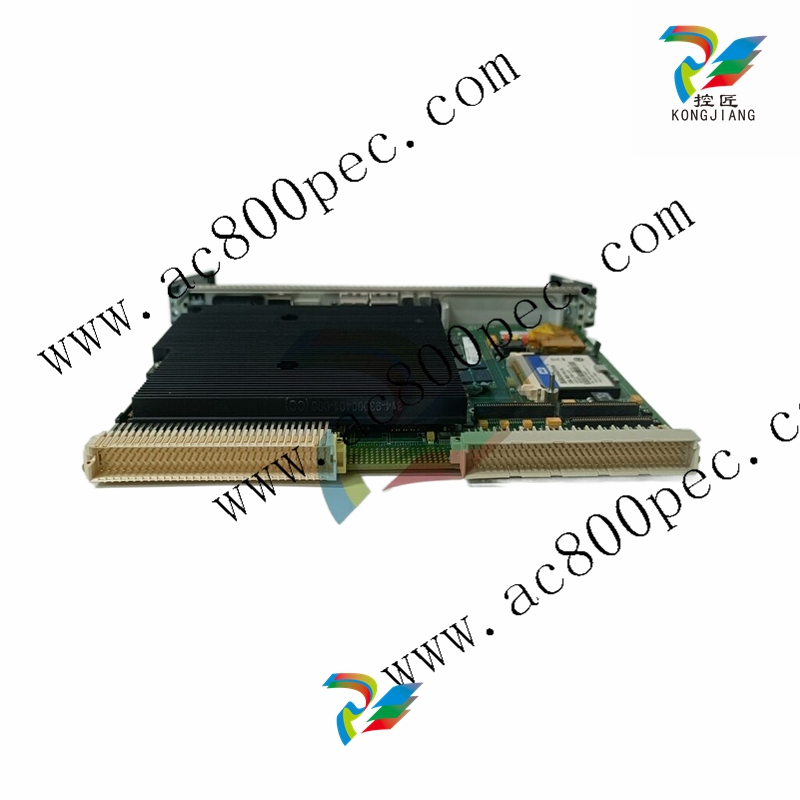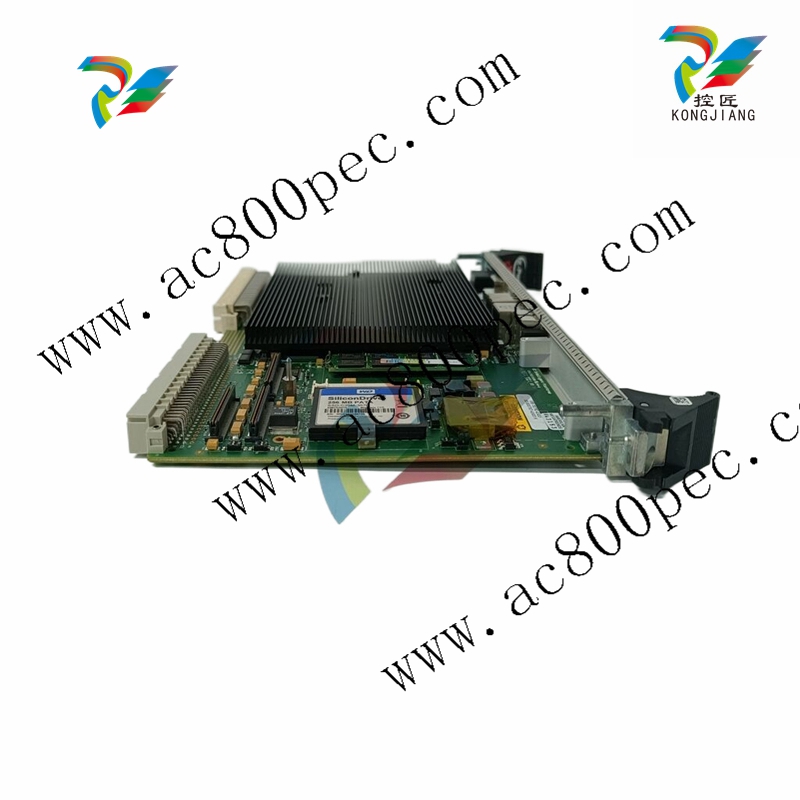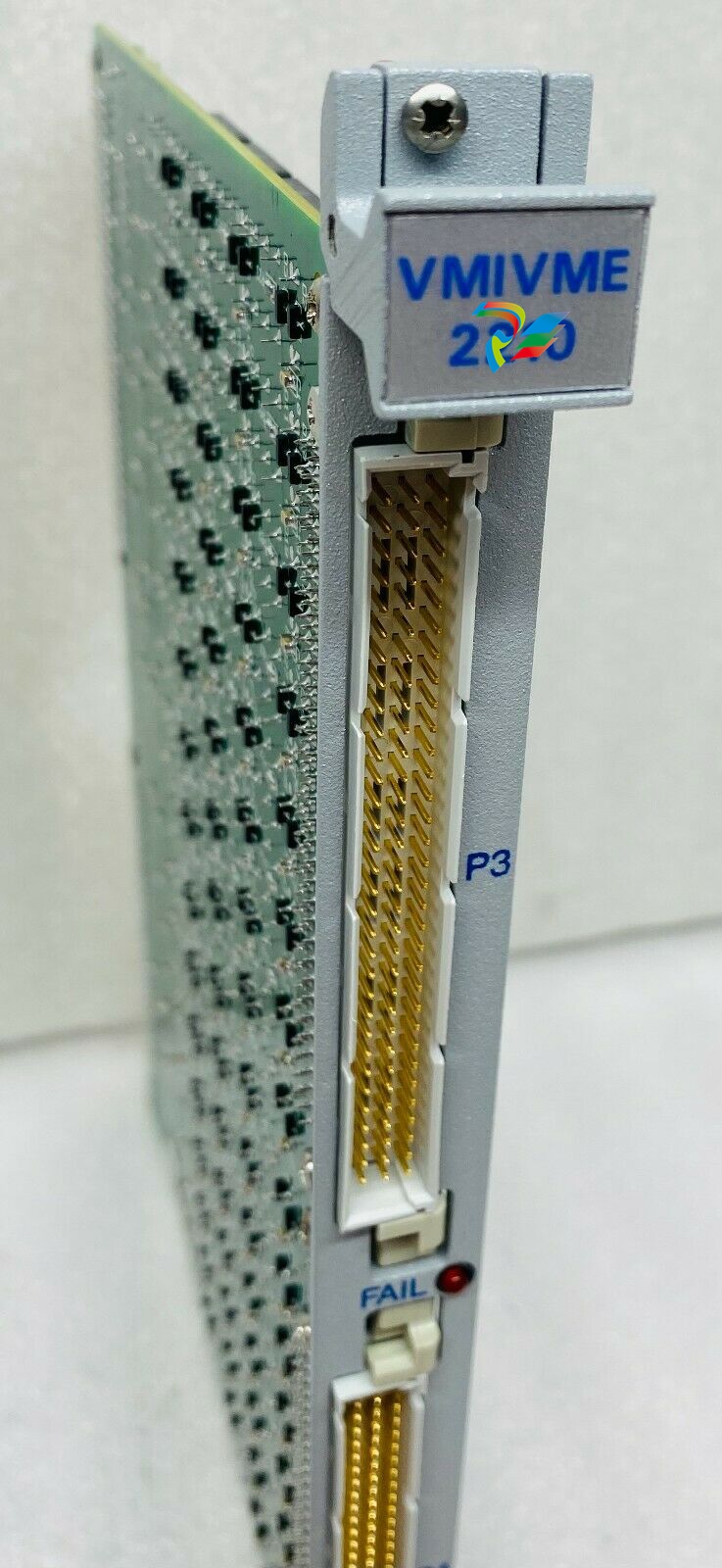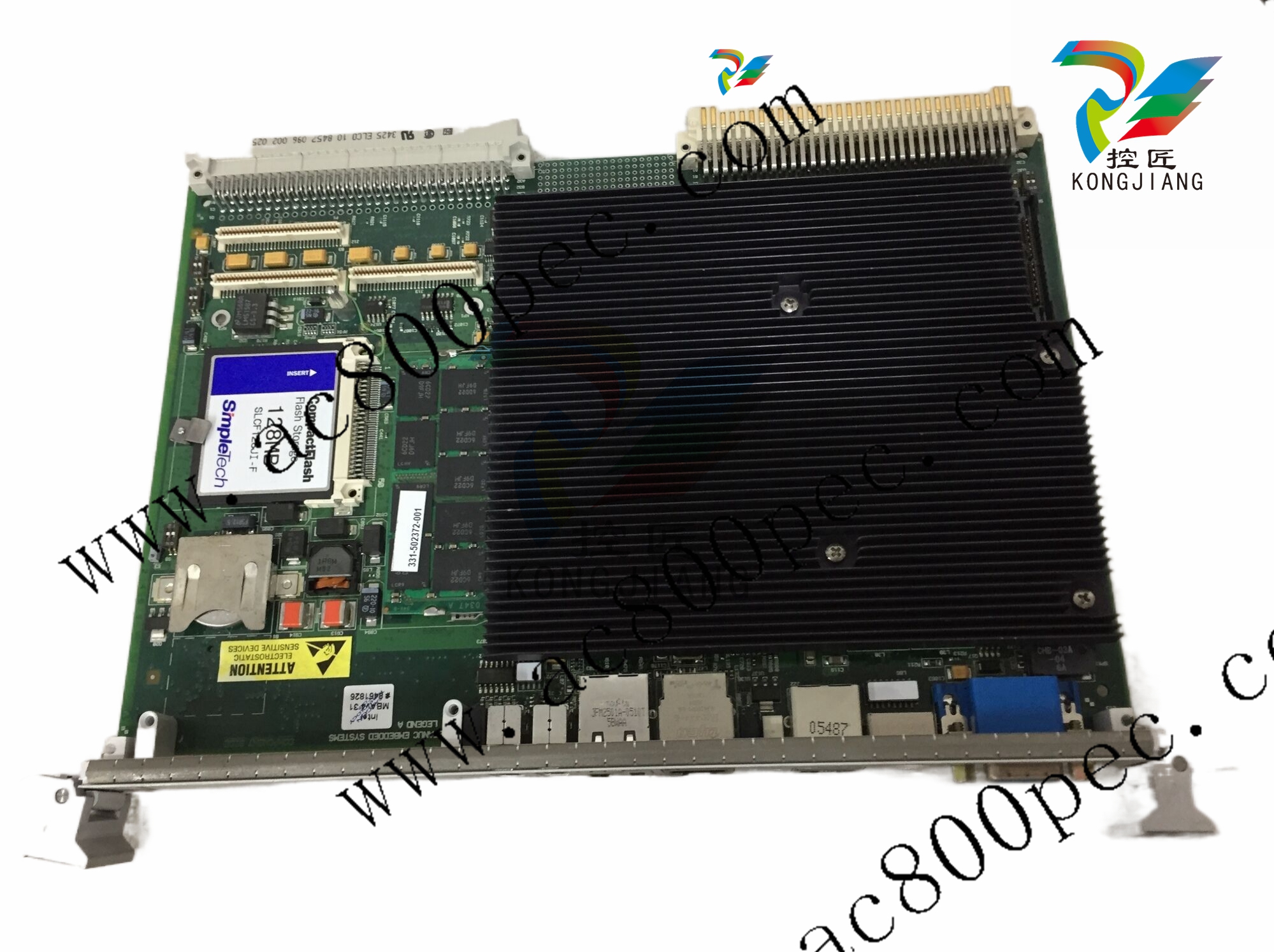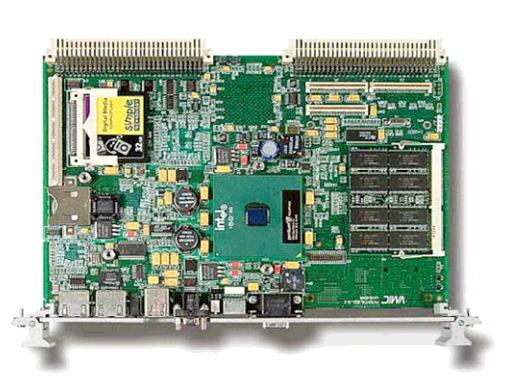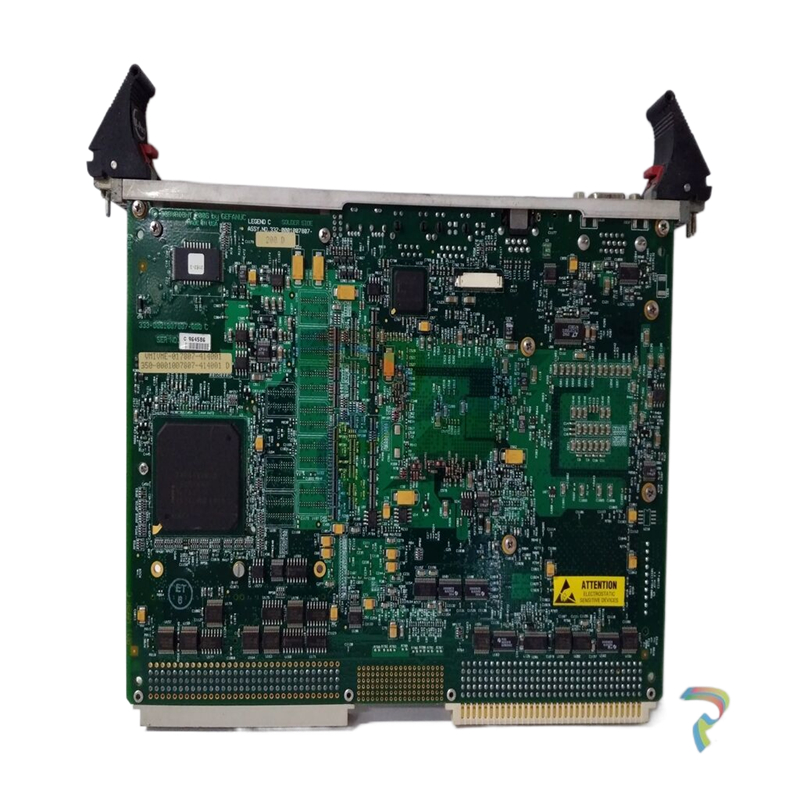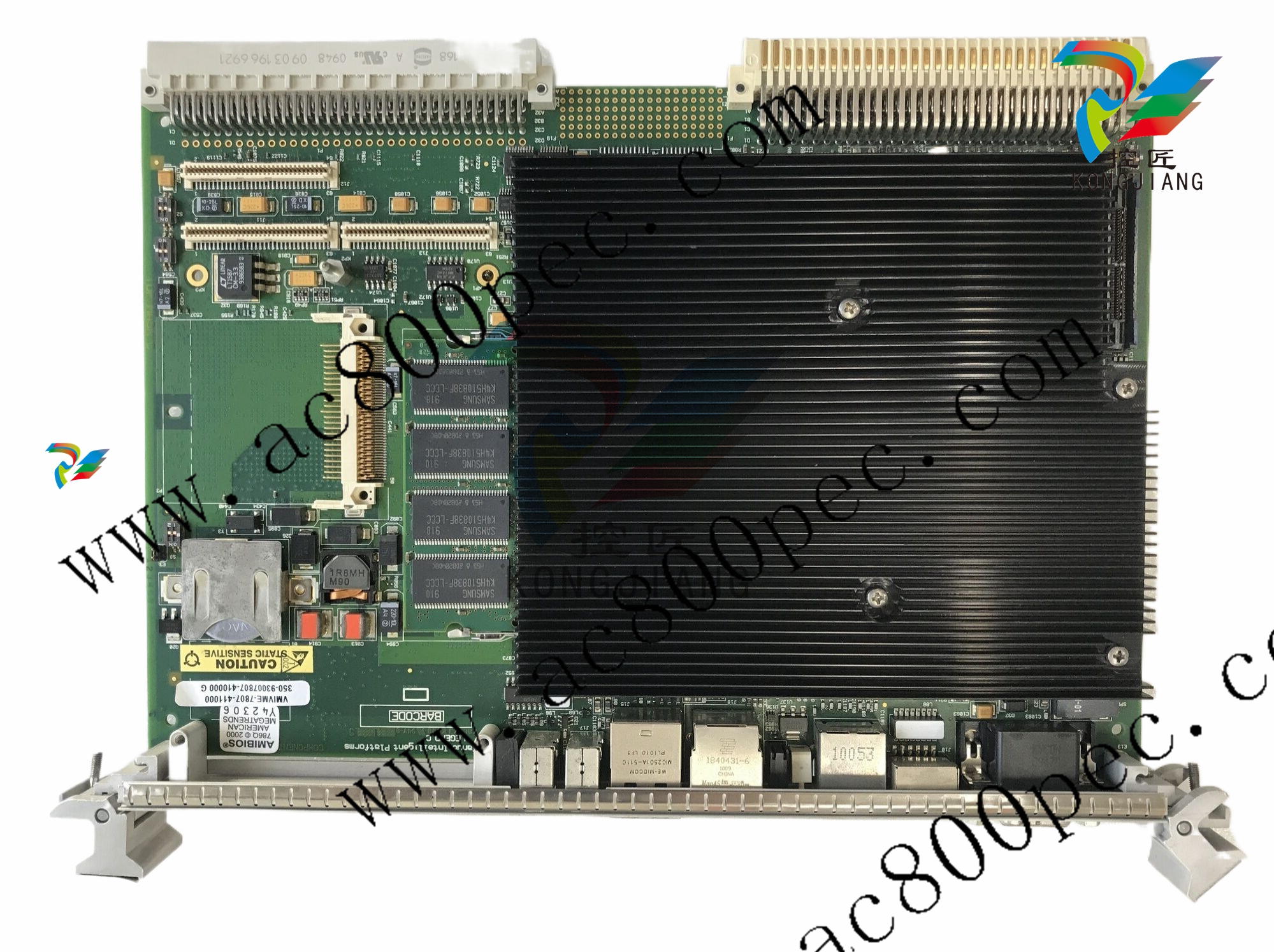
DeltaV™ M-series Traditional I/O
Decreases capital equipment costs
Decreases installation time and expense
Increases productivity
Increases process availability
Introduction
Traditional I/O is a modular subsystem that offers flexibility
during installation. It’s designed to be installed in the field,
near your devices. Traditional I/O is equipped with function
and field wiring protection keys to ensure that the correct
I/O card is always plugged into the corresponding terminal
block. Modularity, protection keys, and plug and play
capabilities make DeltaV™ Traditional I/O a smart choice
for your process control system.
Benefits
Decreases capital equipment costs
Full system modularity. The Traditional I/O
subsystem was designed with your investment in mind. All
components are fully modular and may be installable
under power.1 You add I/O interface carriers and I/O
interfaces in groups of 4, 8, 16, or 32 channels as you
need them. The modular design enables you to purchase
the exact amount of I/O cards, 8-wide carriers,
power/controllers, and 2-wide carriers you need and add
more DeltaV I/O as your system grows.
Reduced system footprint. The DeltaV system’s
state-of-the-art form factor design of the I/O components
enables you to mount the I/O interface carrier in a junction
box in the field so you significantly reduce the footprint of
your equipment and increase valuable control room space
for other uses.
Installation. Save on wiring expenses by installing
Classic Instrumentation in the field, near the actual field
devices. Mounting the controller with the I/O further
reduces your wiring expenditures by eliminating the need
for long runs of multi-cores. The integrated design of the
Traditional I/O subsystem can eliminate the need for
marshaling panels. This saves you even more in your total
capital costs.
The provision of in-line fuses and bussed power saves on
installation costs compared with external fuses and power
distribution.
Decreases installation time and expense
Plug-and-play installation saves money. All
Traditional I/O components plug into the I/O interface
carrier. You can install the I/O interface carriers to manage
anticipated growth and postpone the I/O interfaces until
you’re ready to install your additional field devices.
Phased installation saves time. As soon as you
mount the I/O interface carrier, you’re ready to begin
installing the field devices. I/O terminal blocks plug directly
onto the I/O interface carrier. There is no need to have the
I/O cards installed.
1 Refer to Zone 2 installation instructions (12P2046) and/or
Class 1 Division 2 installation instructions (12P1293) for
details.
Traditional I/O terminal block.
Keys. Traditional I/O interfaces and terminal blocks have
I/O function keys. These keys ensure that the correct I/O
card is always plugged into the corresponding terminal
block. It’s incredibly easy to use and gives you time to do
more.
This design enables you to initially install Traditional I/O
quickly and efficiently. When you need to replace an I/O
card, the function key design ensures that you will always
install it correctly. This keying system provides a safety
measure by preventing the wrong I/O interface’s being
installed.
Increases productivity
Real-time, online equipment additions. Online
addition of new I/O interfaces means your process does
not get interrupted. As new equipment is added, the
DeltaV Explorer acknowledges it and assigns it basic
configuration.
Increases process availability
1:1 Redundancy for Traditional and HART I/O
cards. DeltaV redundant I/O uses the same Series 2 I/O
cards as non-redundant I/O. This allows you to leverage
your investment in installed I/O and in I/O spares. No
additional configuration is needed when using a redundant
channel. The redundant terminal blocks provide the same
field wiring connections as simplex blocks, so there is no
extra wiring needed.
Autosense of redundancy. DeltaV autosenses
redundant I/O, which greatly simplifies the task of adding
redundancy to the system. The redundant pair of cards is
treated as one card in the system tools.
Automatic Switchover. Should a primary I/O card fail,
the system automatically switches to the "standby" card
without user intervention. The operator is given clear
notification of a switchover at the operator display
Product Description
The Traditional I/O subsystem includes:
I/O interface carrier (a DIN rail surface mounted) on
which all I/O related components are installed.
Bulk AC to 24 VDC power supply for field devices.
An I/O interface consisting of an I/O card and an I/O
terminal block.
A variety of analog and discrete I/O cards enclosed in
a common form factor that easily plugs into the I/O
interface carrier.
A variety of I/O terminal blocks mounted on the I/O
